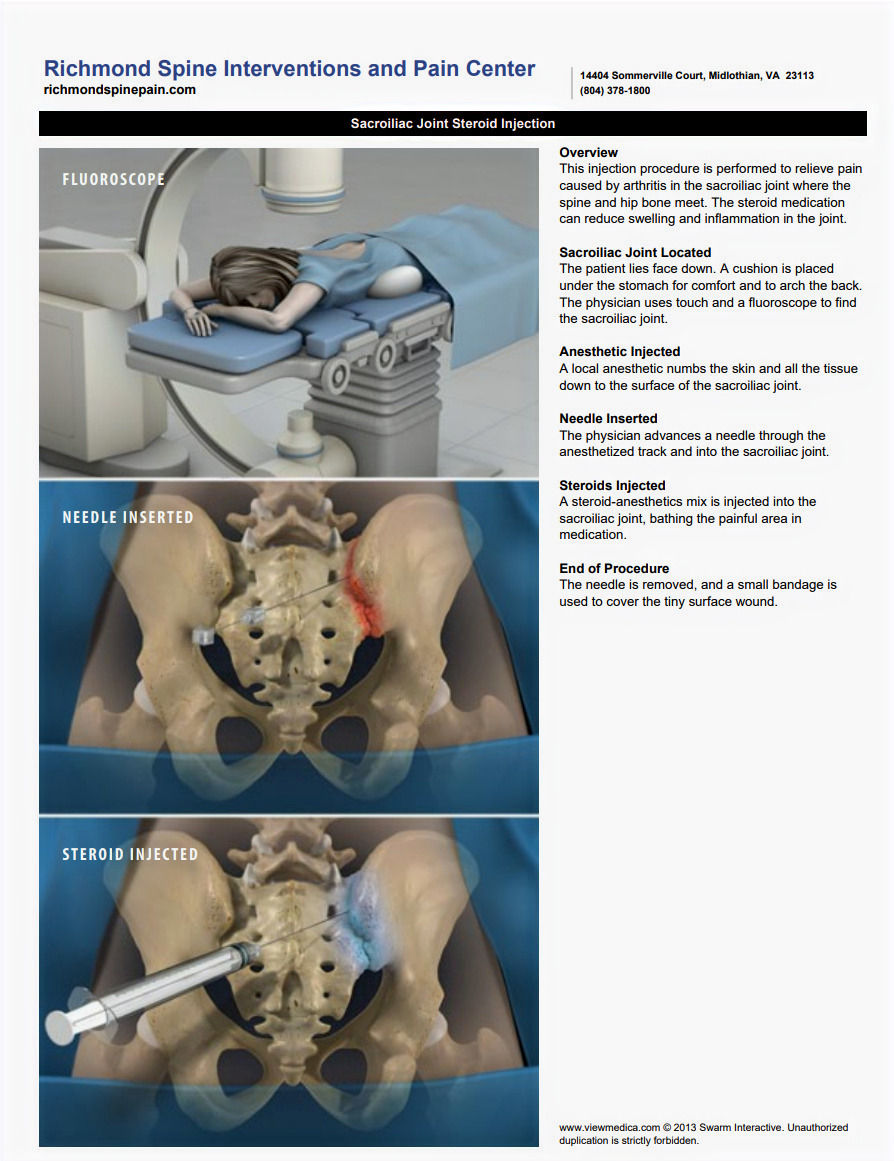Get Ahead Of Your Chronic Pain (Spinal Cord Stimulation)
- RSIP

- Mar 16, 2020
- 2 min read
If you are currently experiencing chronic pain and have had little success with other therapies, Spinal Cord Stimulation may be an option for you.
What is Spinal Cord Stimulation (SCS)?
Only a doctor or pain management specialist can determine if a patient is a candidate for SCS. Typically, a good candidate for SCS is someone who has experienced one or more of the following:
Chronic pain in the back, neck, arms, or legs, that has lasted longer than expected.
Neuropathic pain (marked by burning, tingling, or numbness)
Little or no relief from surgery or other treatment options, such as pain medications, nerve blocks, TENS, or physical therapy.

How does Spinal Cord Stimulation work?
Spinal Cord Stimulation (SCS) interferes with the transmission of pain signals. With this therapy, a small implanted system (similar to a cardiac pacemaker) is used to replace pain with a different feeling. Some people describe this feeling as a gentle massaging sensation or, in some cases, simply absence of pain.

Facts about Spinal Cord Stimulation (SCS):
The U.S. Food and Drug Administration has approved or cleared SCS systems for the management of certain types of chronic pain.
It is covered by many major health insurance plans, Medicare and workers' compensation programs.
You can have a short temporary evaluation (Trial Placement) performed to see if SCS works for you.
Patients with Spinal Cord Stimulators have reported:
A 50% or greater reduction in pain
A reduction or elimination in the use of pain medications
Increased activity levels and an improved overall quality of life
**as reported by St.Jude Medical
Spinal Cord Stimulation (SCS) is known to manage pain that comes
from certain conditions.
Although SCS does not treat specific diseases, it has been used to manage pain that comes from failed back surgery (FBSS) or post-laminectomy syndrome and other neuropathies. Ask your doctor if SCS is appropriate for your pain.

How can I try Spinal Cord Stimulation (SCS)?
If your doctor decides you are a candidate for SCS, you will likely have a temporary evaluation. During the evaluation period, you will use a temporary system, usually termed as "Trial Placement", to see whether or not SCS works for you. If the evaluation is successful, you can have the system implanted.
What are the potential risks and complications associated with Spinal Cord Stimulation (SCS)?
The placement of a SCS system does require a surgical procedure, which exposes patients to certain risks. Complications such as infection, swelling, and bruising are possible. Additional
risks such as undesirable changes in stimulation may occur over time. Be sure to talk to your doctor about the possible risks associated with SCS.
***Present SCS technology allows for what is called, "Sub-threshold stimulation". Literally, this means that the patient feels nothing from the stimulator, and they perceive significantly diminished or no pain. Alternatively, using older technology, they perceive a paresthesia or tingling sensation, with diminished or absence of their usual pain.
Note: If you are interested in finding out if Spinal Cord Stimulation therapy might help, you
should speak to your doctor or pain management specialist.
For more information, you may visit our website: www.RichmondSpinePain.com and fill out the required form for us to see if our center could be of help to you.
We are located at 14404 Sommerville Ct. Midlothian, VA 23113



Comments